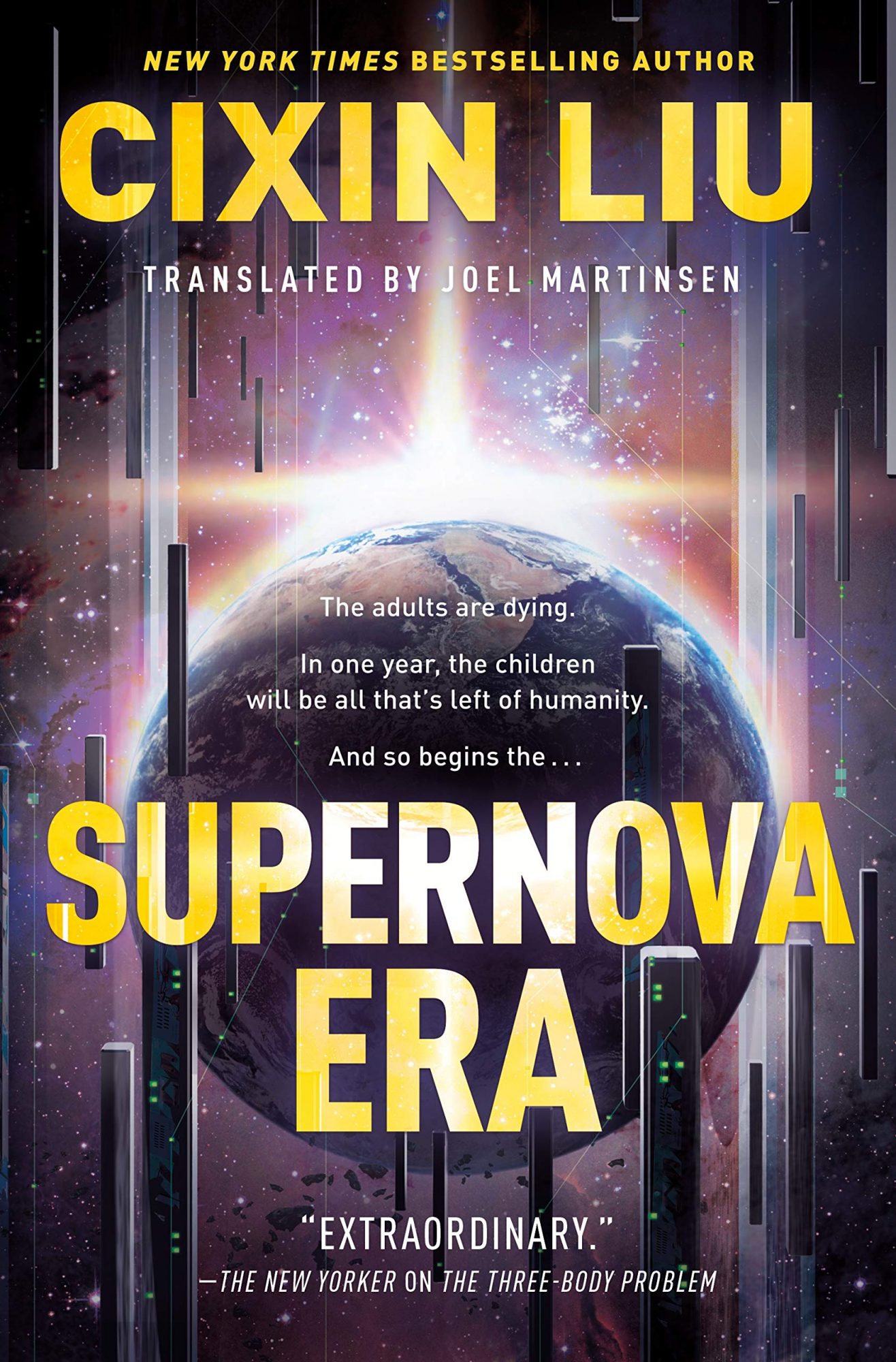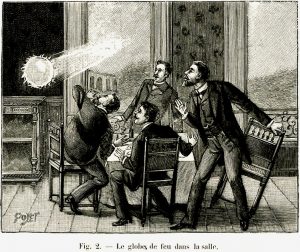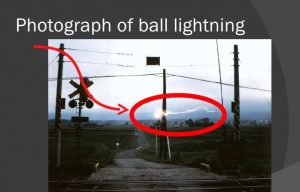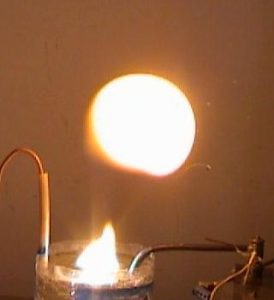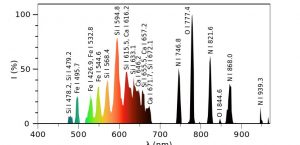I was quite young when I first heard about the mysterious phenomenon known as ‘Ball Lightning’ and I remember thinking that was the craziest idea I’d ever heard of. After all everybody knew that similar electrical charges repel each other, and when you get a build up of positive or negative charges the force pushing them apart is so great that it causes the burst of energy we call lightning. The notion of a stable build up of charges that could last for several minutes in a small volume of space just made no sense.
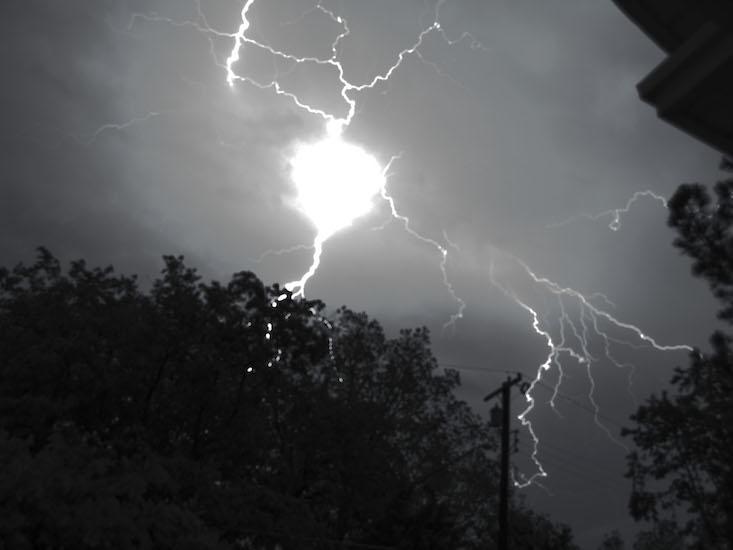
Since that time I’ve learned a lot more about electro-magnetism, about resonate cavities, about plasmas, about the weird world of Quantum Electro-Dynamics (QED) and I still think ball lightning is hard to accept. Most scientists seem to agree with me because there are dozens of very different theories about the nature of ball lightning. Everyone of these hypotheses have some problems explaining all the observations of ball lightning and none of them have gained anything like a consensus of support.
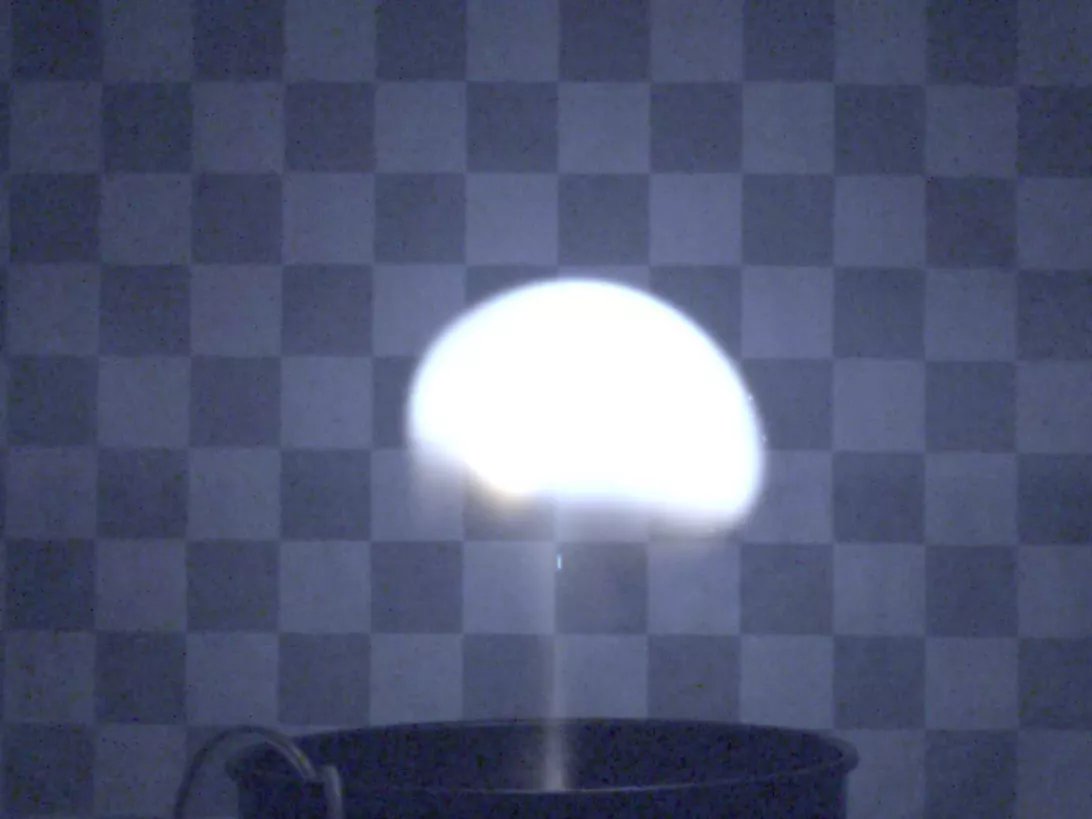
For those who aren’t familiar with the rare and unpredictable sightings of ball lightning the phenomenon is usually, but not always observed during a fierce lightning storm. The ball itself can vary from a few centimeters to a few meters in diameter, the shape is normally spherical or pear shaped, hence the name, but a few observations of a ring like structure have been made. The ball glows fairly brightly like a household electric lamp with any colour in the spectrum but red and yellow predominate.
The movements of ball lightning tend to be horizontal at a steady velocity around 10 meters per second although some have been seen to remain motionless. Very strangely ball lightning has occasionally been observed in the interior of aircraft that are moving at hundreds of kilometers per hour. Despite the plane’s speed however the ball moves through the cabin at a relative speed consistent with observations made on the ground! Finally ball lightning can either dissipate quietly or explosively, it has even been the cause of several deaths.

So I suppose it’s about time some science fiction writer got around to using ball lightning as the focus for an SF novel. Chinese science fiction author Cixin Liu has done so and his novel ‘Ball Lightning’ is a daring and imaginative story that starts as a scientific study about the nature of ball lighting and leads to the development of ball lightning weapons. Readers of this blog might recognize Cixin Liu as the author of the ‘Three Body Problem’ trilogy and ‘Ball Lightning’ is a similar wild ride.
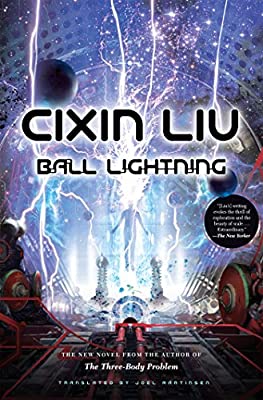
Liu assumes one of the more outlandish theories about the nature of ball lightning as his starting point and takes off from there. Before long Liu is describing quantum phenomenon that are observable in the macroscopic world, even using the thought experiment of Schrödinger’s cat to question whether or not someone who is killed by ball lightning is alive or dead, or in an indeterminate quantum state.
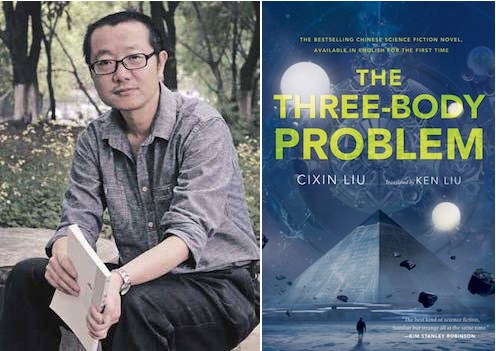
I do have a slight criticism, in the novel China goes to war but their adversary in the war is never named. However the USS Stennis, an American Guided Missile Destroyer, is explicitly named as one of the ships attacking the Chinese fleet. Now if you’re going to name your enemy’s warships you may just as well go ahead and name your enemy. In fact Liu’s descriptions of battle in general could use a little more blood and thunder. I have the feeling Liu is a pacifist who would rather not talk about fighting at all. Wouldn’t it be nice if he didn’t have to?
‘Ball Lightning’ is now the fourth novel by Cixin Liu that I have reviewed, all of them thought provoking and wildly creative. I’m certainly looking forward to reading his next novel ‘Supernova Era’ and when I do you can be certain to read about it here at Science and Science Fiction.
